This day should run effortlessly across the flatland and through small Castilian villages. The first stop pilgrims find after leaving Boadilla del Camino is the Canal de Castilla, an old waterway in which cereal was once transported in barges towards the Bay of Biscay and and is used today for irrigation. Following the Canal you reach Frómista, almost 6 kilometres into today’s walk, with its Romanesque church of San Martín.
EThe path enters a flatland close to the motorway and crosses the villages of Población de Campos, Revenga de Campos and Villarmento de Campos, 15 kilometres away from the starting point. Villalcázar de Sirga, with its Templar church of Santa María la Blanca, is three kilometres down the road.
The last section ends in Carrión de los Condes, site of the Carrión River and the churches of Santa María del Camino and Santiago, the latter renowned for its Pantocrator.
Tips from our postmen and women
What to do and see in Fromista and Carrion de los Condes?

“In Frómista you can visit the church of San Martín de Tours, one of the jewels of Romanesque architecture both in Palencia and worldwide. An interesting detail is the private house by the church of San Pedro where curators have created a remarkably complete ethnographic museum. It is free of charge. You just have to knock on the door and the owner will show you the Museum. If you need to get your energies back, I recommend the sopa castellana and the lechazo asado (roasted piglet).
In Carrión de los Condes do not miss the Museum at the Convento de Santa Clara, with its medieval wooden sculptures. From December to February, there is a very interesting Nativity exhibition that attracts a lot of visitors. You can also visit the Museo de Arte Sacro, located in the 12th century church of Santiago. Do not leave without taking a look at the Pantocrator on the façade! A relaxing experience can also be had gazing at the river Carrión and its vega from the vantage point of the church of Belén”.
Accommodations Boadilla del Camino - Carrión de los Condes
Image gallery
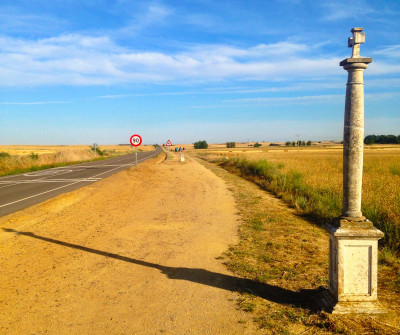
Camino Francés entre Boadilla del Camino y Carrión de los Condes
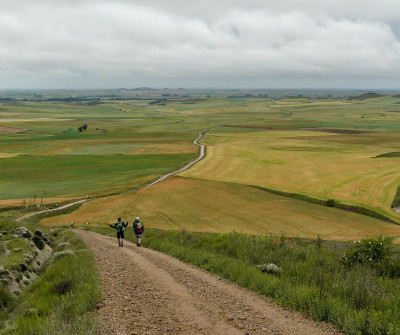
Camino de Santiago entre Boadilla del Camino y Carrión de los Condes
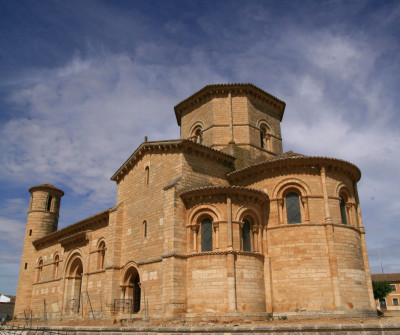
Iglesia de San Martín de Frómista en Carrión de los Condes
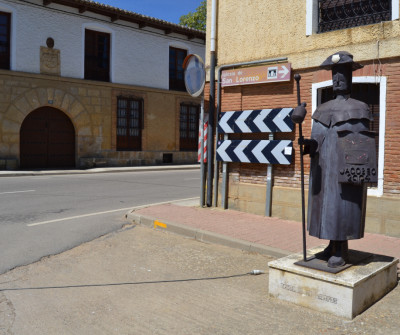
Peregrino en Revenga de Campos
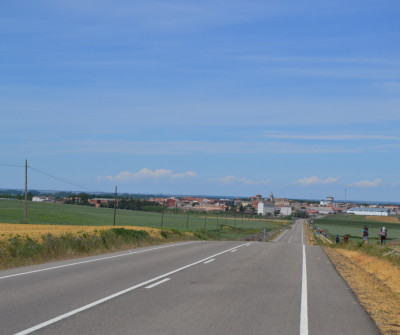
Camino Francés entre Boadilla del Camino y Carrión de los Condes
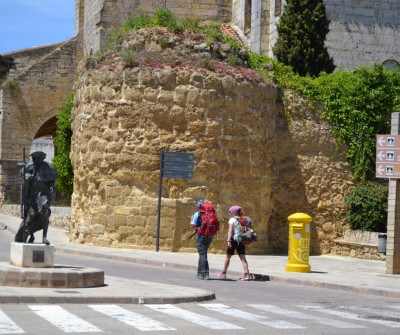
Peregrino en Carrión de los Condes, en el Camino Francés
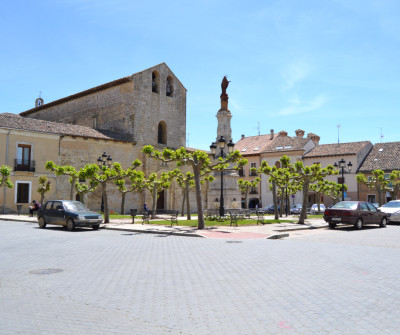
Carrión de los Condes, en el Camino Francés
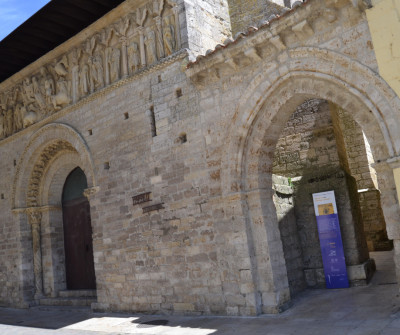
Iglesia de Santiago de Carrión de los Condes
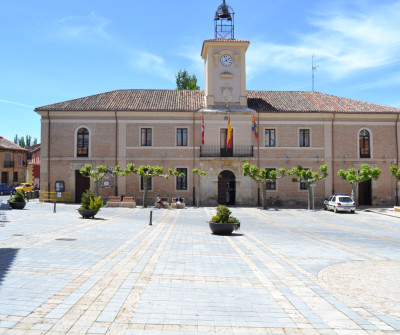
Plaza Mayor de Carrión de los Condes
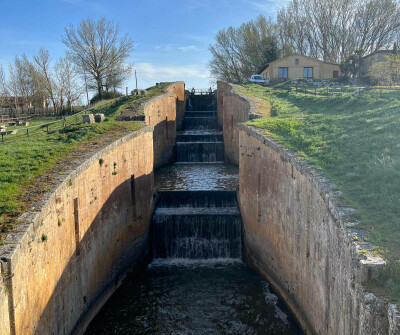


 Filter
Filter